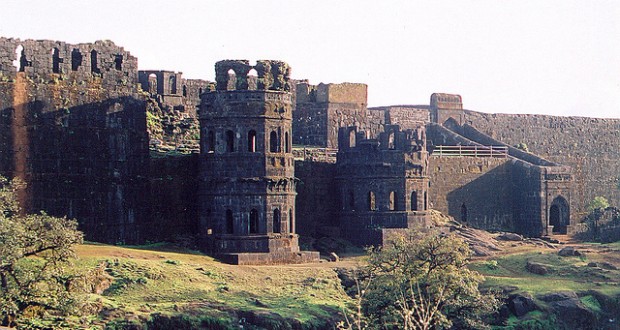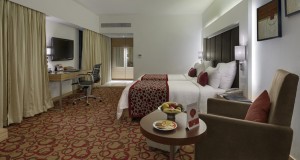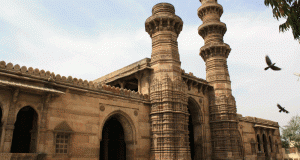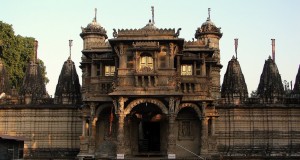A visit to the temple can fit into a trip to Mahabaleshwar. 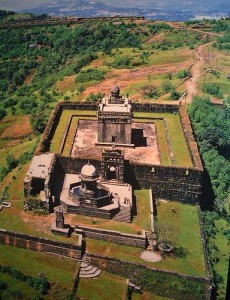 The caves at Karla, 465 km (28 miles) from Pune, within the boundary of Vehergaon village, lie on a spur in a range of hills and are the finest surviving example of Hinayana Buddhist architecture. They consist of a large chapel (chaitya) and several dwelling places (vihara). Cave 8, the chaitya, is the finest and best preserved in the western Deccan and dates back to 80 BC. In and around the caves, there are several inscriptions.Another group of early Buddhist caves are to be found at Bhaja, 6 km (4 miles) south of Karla and 8 km (5 miles) east of Lonavala (about 64 km from Pune).
The caves at Karla, 465 km (28 miles) from Pune, within the boundary of Vehergaon village, lie on a spur in a range of hills and are the finest surviving example of Hinayana Buddhist architecture. They consist of a large chapel (chaitya) and several dwelling places (vihara). Cave 8, the chaitya, is the finest and best preserved in the western Deccan and dates back to 80 BC. In and around the caves, there are several inscriptions.Another group of early Buddhist caves are to be found at Bhaja, 6 km (4 miles) south of Karla and 8 km (5 miles) east of Lonavala (about 64 km from Pune).
Set in a village in the Maval taluka, these caves date back to the 1st and 2nd centuries BC and are among the earliest examples of Buddhist art in the Deccan. More than 20 rock-cut monasteries are set into the west face of a steep hill about 140 m above the village. Starting from the north, the first cave is a natural cavern about 10 m long.This is followed by 10 plain cells. Cave 12 is a chapel (chaitya) about 20 m by 10 m. The structure of this cave, with its 27 octagonal shafts, arched roof and remains of wooden girders leaves no doubt about its importance.The other cave of note is Cave 19. At the source of the river Bhima lies Bhimashankar, famous for its Mahadeva temple. Said to house one of the 12 jyotirlingas of India (symbols of Shiva’s creative power), this temple was built in the 19th century by Nana Phadnavis. The original temple is built of dark stone with a vaulted roof. In the hall (mandap) lies a rough stone Nandi and in the shrine a metal cast of five heads representing the god Bhimashankar.

